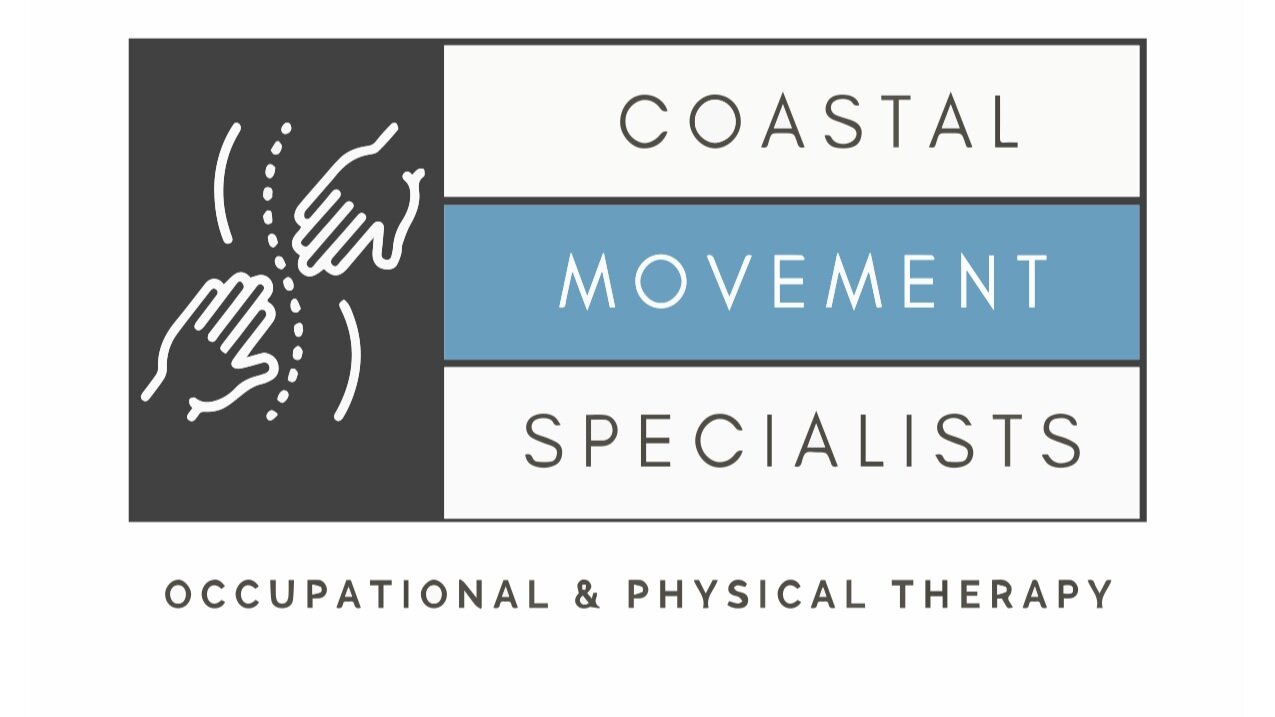Static vs. Dynamic Stretching: What’s The Difference?
If you’re like most people, you tend to go straight to the treadmill, cycle class, or dumbbells when you work out. You probably have heard about the importance of stretching but find it easy to focus on improving your strength and endurance and not flexibility. However, you may want to consider static and dynamic stretching after learning their differences and benefits.
Learn more below about stretching and contact us to schedule an appointment in our Johns Island, SC office.
Seven Benefits of Stretching
You may think stretching only benefits athletes before a competition. However, stretching benefits everyone who wants to live an active, mobile, and independent lifestyle. Unfortunately, many people only engage in stretching periodically, if at all, but stretching needs to take place regularly to maintain healthy and beneficial flexibility.
Here are seven benefits of stretching regularly:
· Help prevent injuries
· Can improve posture
· Can help relieve stress
· Can improve range of motion
· Helps prevent the loss of range of motion that occurs with aging
· Can help improve posture
· Can help relieve sore muscles
Although all stretching is beneficial, you can receive the most benefits if you understand the different ways you can stretch and when to employ each one.
What Is Static Stretching?
When you think of stretching, you likely have one of the static stretches in mind. A static stretch takes place without you moving the entire time of stretching. Instead, you move a muscle as far as you can without experiencing pain. You hold this position for a set length of time. Some health experts prescribe static stretches for fifteen seconds, while others opt for thirty or sixty-seconds.
Examples of static stretches include the familiar calf, hamstring, and overhead triceps stretches. For many years athletes used these and other static stretches to prepare for their activity until research showed that static stretching negatively impacted performance. However, their bad reputation has recently diminished with the most current studies, and most experts now observe several benefits to static stretching, such as:
· Increases range of motion
· Helps prevent stiffness after a workout or activity
· Relieves pain from cramping
· Minimizes risk of injury
· Prevents delayed-onset muscle soreness (DOMS)
· Decreases recovery time
· Improves balance, posture, and coordination
· Enhances endurance
What Is Dynamic Stretching?
Instead of holding one position over time, dynamic stretching involves moving your muscles to stretch them. As a result, dynamic stretching activates muscles instead of extending them to their maximum ability. Along with well-planned warm-up exercises, these stretches can help boost your workout or sport by preparing your muscles for peak performance.
Examples of dynamic stretching include arm circles, walking lunges, hip circles, trunk twists, and leg swings. In addition to increasing blood flow to muscles, dynamic exercises can prepare you for the motion you perform during the activity. Examples include arm circles before swimming or tennis, and hip circles before playing golf.
Studies show the advantages to dynamic stretches for certain activities, including:
· More power in weightlifting. After performing dynamic stretches, specific exercises such as leg extensions seem to receive a particular boost in power and performance.
· Improved sports performance. Athletes who rely most on running and jumping during their sport, such as soccer, basketball, and sprinting, perform best after warming up with dynamic stretches.
· Fewer injuries and faster racing times for runners. Running experts typically prescribe a battery of dynamic stretches for runners trying to improve race performance and those who want to keep running for fitness throughout their lives.
Although athletes routinely use and benefit from dynamic stretching, anyone who wants to exercise, stay healthy, and live an active life can receive these benefits from dynamic stretching:
· Less risk of injury during exercise.
· Increased blood flow to muscles before working out.
· Mentally prepares you for activity.
· Shortened recovery time.
· Improved mobility.
· Better prepared for high-intensity exercise.
What Are The Differences Between Static And Dynamic Stretching?
While you can benefit from static and dynamic stretching, key differences to highlight are:
· Static stretching involves holding a muscle in one position. Dynamic stretching keeps your muscles moving during the entire stretch.
· Static stretches focus on one major muscle. Because you’re moving during dynamic stretching, you typically activate several muscles during the movement.
· There is more benefit from dynamic stretching before your workout or activity. However, static stretching helps more, especially with muscle recovery, when done at the end of your workout.
Work With Our Physical Therapists
Our physical therapists are movement specialists who can help you become more flexible, improve your balance and posture, and reduce injuries. Located on Johns Island, SC, Coastal Movement Specialists serves the entire Charleston area. Contact us today for an evaluation and a personalized stretching program.

